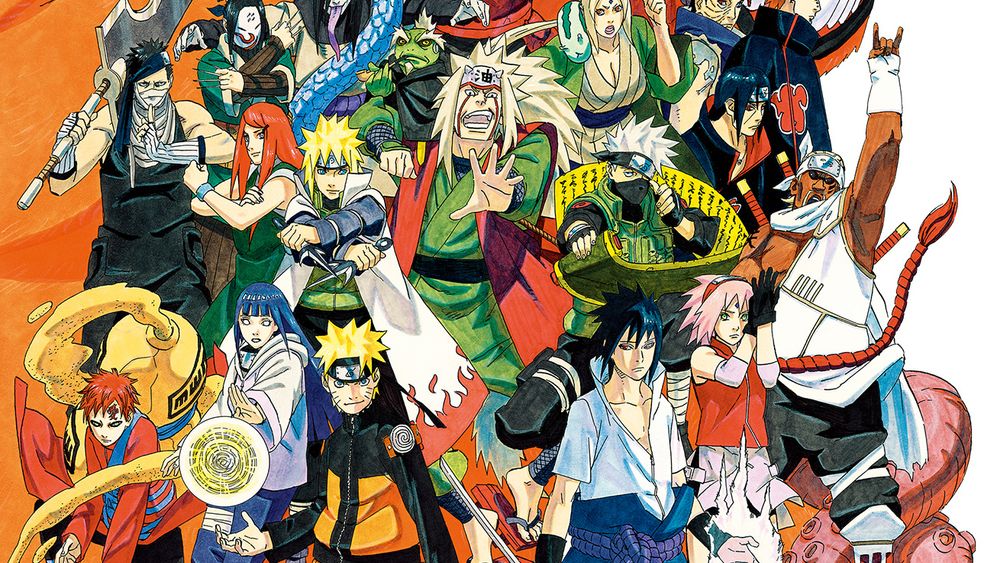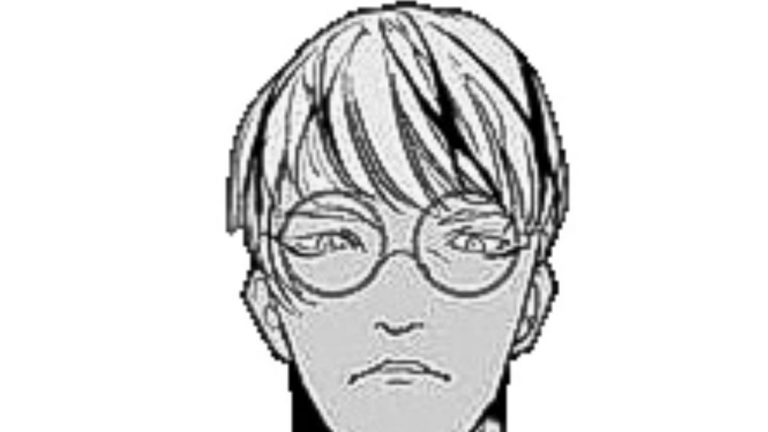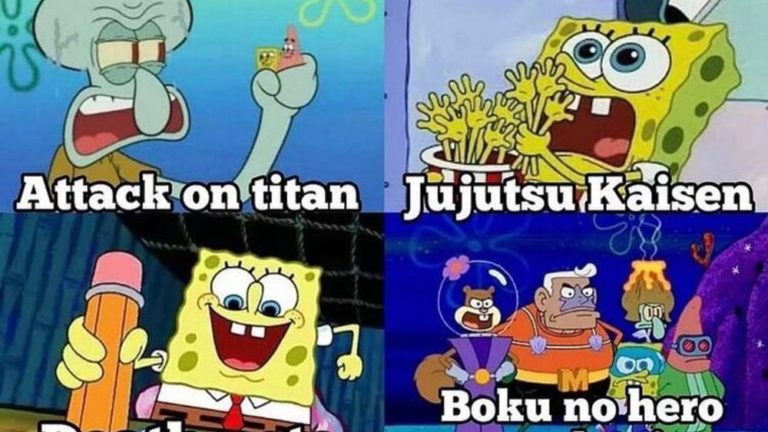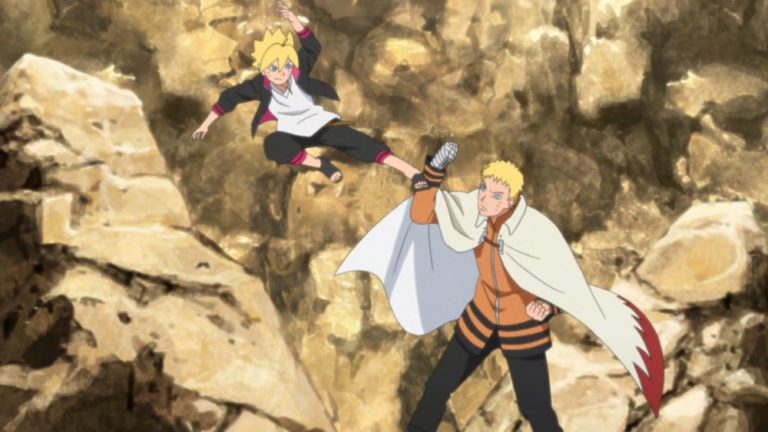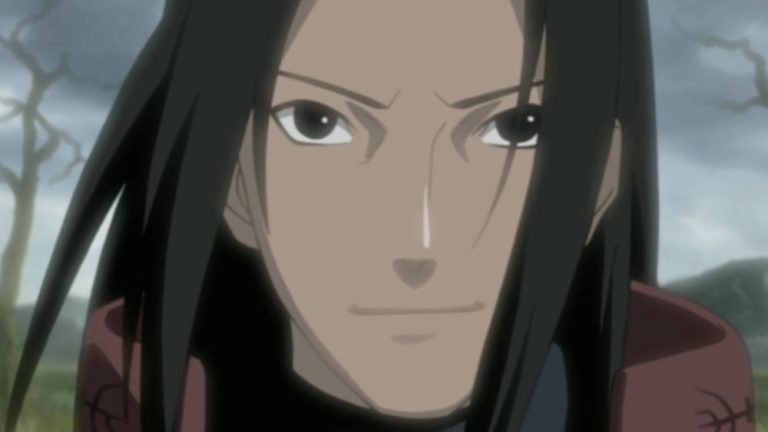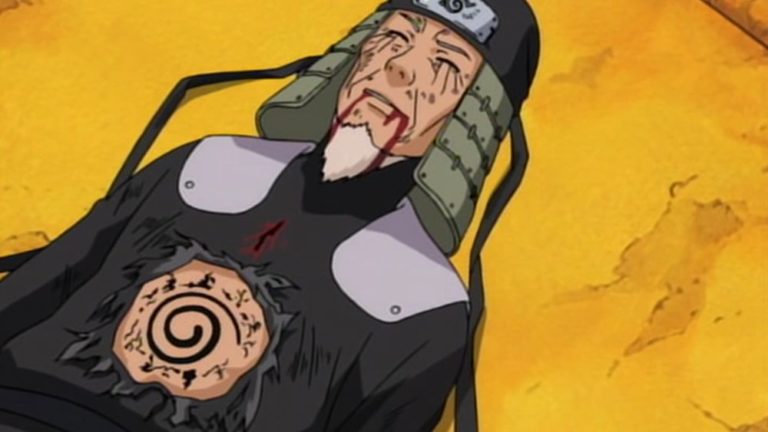The History Of Naruto: How Long Has Naruto Been Around?
The History Of Naruto: How Long Has Naruto Been Around?
Believe it! When we talk about titans in the anime world, it’s impossible not to mention Naruto. This isn’t just a show, it’s a cultural phenomenon that has gripped fans across the globe for over two decades. For those of you who’ve been shadow-cloning yourselves to rewatch every episode, and for the uninitiated who are just about to step into the world of kunai and Kage Bunshins, this is the ultimate guide to understanding just how long has Naruto been around.
Key Points:
- Naruto has been around for over two decades and has become a cultural phenomenon.
- Masashi Kishimoto’s vision for Naruto took root in the late 1990s, and the manga debuted in 1999.
- The anime adaptation of Naruto began in 2002 and ran until 2007, followed by Naruto Shippuden.
- Naruto’s impact on pop culture is undeniable, influencing mainstream media, internet culture, and even stage plays.
- The series has left an enduring legacy, with Boruto: Naruto Next Generations continuing the story.
- Naruto’s growth into a beloved franchise is evident through milestones, such as the debut of the manga and anime and the release of Naruto Shippuden.
- The series has taught valuable lessons about perseverance, friendship, and never giving up on our dreams.
The impact of Naruto extends far beyond its initial run; it has sparked conversations, friendships, and even debates in every corner of the planet. From tiny whispers about manga pages in Japanese schoolyards to international conventions with cosplayers galore, Naruto’s reach is undeniably vast. As we dive into the history of Naruto, we’ll explore not just dates and facts but the heartbeat of a series that’s brought so much joy and excitement to our lives.
How did a simple story about a young, orange-clad ninja dreaming of recognition evolve into a juggernaut that redefined shonen anime? The answer to how long has Naruto been around is filled with trials, triumphs, and a truckload of ramen. So grab your headbands, ninjas – it’s time to unleash the Rasengan on Naruto’s history!
The Origins and Creation of Naruto
Before Naruto could ever aspire to become Hokage, there was a whirlwind of creativity happening behind the scenes. Masashi Kishimoto’s vision for a spunky ninja-in-training took root and flourished, setting the stage for a story that would captivate audiences and pull at the very fabric of the anime world.
Conceptualization by Masashi Kishimoto
Can you imagine a world where Naruto could pilot mechs instead of conjuring shadow clones? Well, it almost happened! Masashi Kishimoto, the genius behind Naruto, went through a series of concepts – ranging from magic to naruto’s early designs, where the spiky-haired ninja wore boots and wielded a sword.
Kishimoto was inspired by Japanese culture and his love for shonen stories, channeling this passion into creating a world where ninjas weren’t just stealthy warriors but could manipulate the elements and perform awe-inspiring feats. His inspiration drew from everything that made his heartbeat race within the realm of manga and anime.
Masashi Kishimoto drew inspiration from his love for Japanese culture and shonen stories to create a world where ninjas could perform awe-inspiring feats.
The Manga Debut and Its Initial Reception
September 1999 marked a turning point for manga lovers everywhere when Naruto first appeared in Weekly Shonen Jump. The debut was met with curiosity and excitement, as readers began to follow the heartfelt journey of a young ninja with big dreams and an even bigger personality.
The initial chapters laid the groundwork for a complex world where every character had depth and a past that intertwined beautifully with the overarching narrative. Kishimoto’s dedication to his craft shone through, and the reception was clear: Naruto was here to stay, and the world was ready to embrace his story.
Naruto’s Expansion into Anime and Other Media
If the leaf village were real, it’d be booming with tourists by now – all thanks to Naruto’s massive success that leapt from page to screen. The world couldn’t get enough, and soon Naruto’s kunai-kicking action was unfolding in living rooms everywhere, with an anime that expanded the saga even further.
Transition from Manga to Anime
The year is 2002, and viewers are about to have their minds blown – Naruto has hit the airwaves. Studio Pierrot, known for their mastery in animation, crafted a series that was faithful to the manga while injecting it with the pulse-pounding action only anime can bring.
The transition wasn’t just successful – it was a revelation. Fans of the manga could now see Naruto’s Rasengan in full, glorious motion, and new fans were greeted by an intro theme song they’d soon be humming for weeks on end.
Movies, Spin-offs, and Video Games
Alright, get this: not only did Naruto dominate the manga and anime scenes, but it also plunged headfirst into other forms of entertainment. From epic movies that expanded the lore to video games that let you control the characters – Naruto’s world kept growing.
- Movies like “Naruto the Movie: Ninja Clash in the Land of Snow” weren’t just side stories; they were full-fledged adventures that added layers to the characters we already adored.
- Video games allowed us to recreate our favorite battles and live out new ones, giving fans endless ways to engage with the series.
With each new release, Naruto’s presence became more entrenched in the hearts and minds of fans, proving that this franchise wouldn’t be fading from popularity anytime soon.
Naruto’s expansion into movies and video games allowed fans to further engage with the series and solidified its lasting popularity.
The Growth of the Naruto Universe
Naruto’s universe didn’t just grow; it exploded into a spectacle of epic proportions that had fans hooked episode after episode, chapter after chapter.
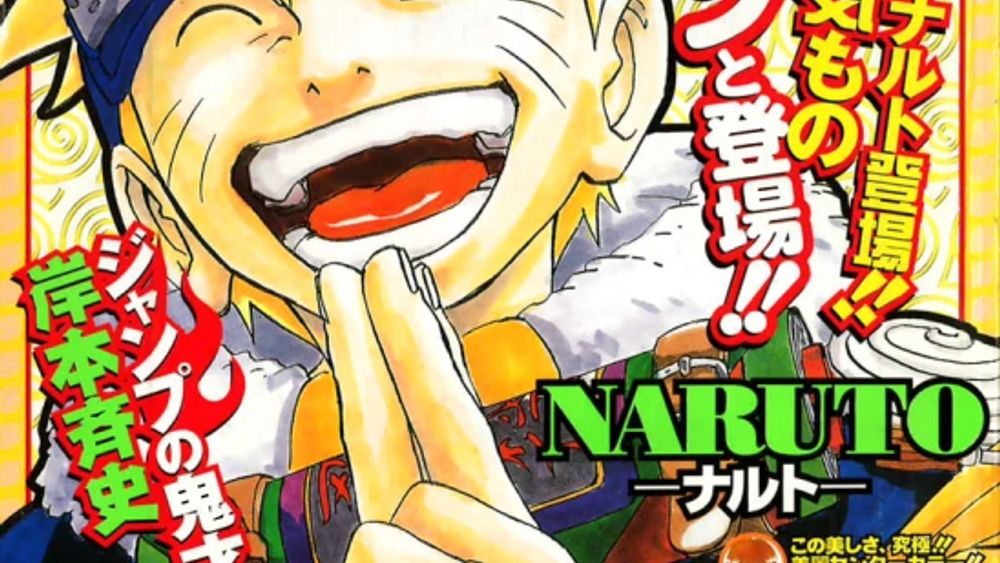
Key Story Arcs and Character Developments
Invested in the series? Heck yes! We watched Naruto, Sasuke, and Sakura transform from headstrong kids to powerful shinobi with destinies that had us glued to the screen. The key story arcs – like the Chunin Exams and the Sasuke Retrieval arc – weren’t just cool battles; they were masterclasses in storytelling.
- How Naruto chose to be different from villains who shared similar painful backgrounds.
- How Sasuke’s thirst for revenge evolved into one of the most complex narratives in anime history.
These arcs were pivotal, carving out a journey that felt genuinely transformative for the characters and the fans alike.
Naruto’s Impact on Pop Culture
You know a series is iconic when you see people wearing Konoha headbands just casually at the mall. Naruto’s reach into pop culture is undeniable. From catchphrases like “Dattebayo!” to the legendary Naruto run, the series has influenced not just anime but mainstream media and internet culture.
Naruto-themed cafes, clothing lines, and even stage plays – yes, stage plays! – have solidified the series as not just a story but a lifestyle. And the fan art? It’s a testament to the creative fire Naruto has ignited in people all around the world. Let’s not forget the countless memes that give us all a good chuckle.
The Timeline of Naruto’s Popularity
Naruto’s journey began in the late 90s and has since woven itself into the tapestry of anime history, creating a fanbase that spans the globe. From its humble beginnings in the pages of a manga magazine to becoming a household name, the timeline of Naruto’s popularity is a testament to its enduring appeal and the emotional connection fans have with its rich storytelling.
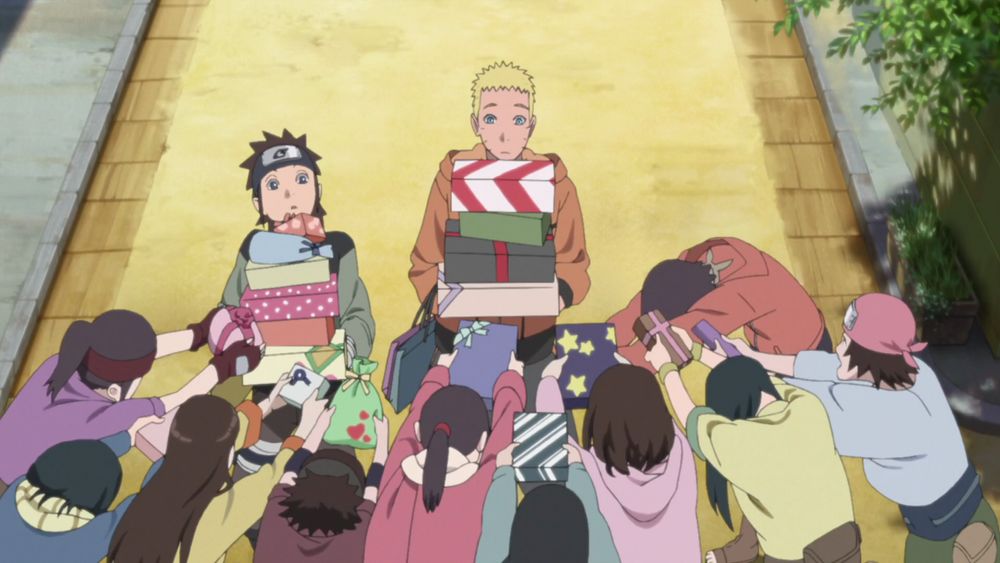
Milestones in Naruto’s History
- 1999: The year it all began! Masashi Kishimoto’s Naruto hit the shelves of Weekly Shōnen Jump, and the world met a determined young ninja with big dreams.
- 2002: Fast-forward a few years, and boom!, the Naruto anime burst onto the scene, catching the attention of viewers worldwide. Characters like Sasuke and Sakura became icons, and the phrase “Believe it!” became a rallying cry for fans.
- 2007: Let’s not forget Naruto Shippuden, the sequel that propelled the storyline into a more mature and complex realm, compelling viewers to follow Naruto’s growth into a formidable ninja.
Naruto’s Enduring Legacy and Continued Popularity
The original series may have ended, but Naruto’s legacy is as vibrant as ever, with Boruto: Naruto Next Generations taking the lead. It has not only introduced new characters but also allowed us to stay connected with our beloved Leaf Village veterans.
Anime conventions, fan art, and endless merchandise keep the spirit of Naruto alive. The commitment of fans, creating theories or cosplaying as their favorite characters, shows just how much this franchise has impacted our lives. Naruto’s story is more than a series; it’s a phenomenon that continues to inspire and delight.
Naruto’s legacy lives on through Boruto: Naruto Next Generations, connecting fans with the beloved Leaf Village veterans and inspiring a vibrant community of conventions, fan art, and merchandise.
FAQs
1. When was the Naruto manga first published?
The Naruto manga was first published on September 21, 1999, marking the official debut of a legend in the pages of Weekly Shōnen Jump.
2. How many years does the Naruto series span within its universe?
Within the Naruto universe, the series spans over a decade, capturing the growth of the characters from young, aspiring ninjas into skilled and seasoned warriors.
3. How long did the original Naruto anime series run?
The original Naruto anime series ran from 2002 to 2007, captivating audiences with its dynamic storytelling and character development for five incredible years.
4. What is the difference between Naruto and Naruto Shippuden in terms of timeline?
In terms of the timeline, Naruto Shippuden picks up two and a half years after the original Naruto series ends, following the main characters as they are now older and facing more dangerous challenges.
Conclusion
We’ve taken an exciting journey through the vibrant world of Naruto, investigating how long has Naruto been around and how it grew to become the beloved franchise it is today. From a simple manga to an expansive universe filled with admirable characters and heart-pumping adventures, Naruto has taught us valuable lessons about perseverance, friendship, and never giving up on our dreams. How long has Naruto been around? Long enough to leave an indelible mark on our lives and to instill a spirit of determination in viewers young and old.
As a fellow fan, remembering those thrilling Thursday afternoons rushing to catch the latest episode or passionately discussing fan theories with friends, I can’t help but feel a sense of gratitude for the journey we’ve all been part of. Whether you’ve been a fan since the early days or have just started, Naruto’s story is a timeless one that continues to resonate and inspire. Thank you, Naruto, for the wild rides, the laughs, and the tears. Signing off with a heart filled with nostalgia and anticipation for the next adventure,
Alex.
This article uses material from the Naruto wiki at Fandom and is licensed under the Creative Commons Attribution-Share Alike License.

